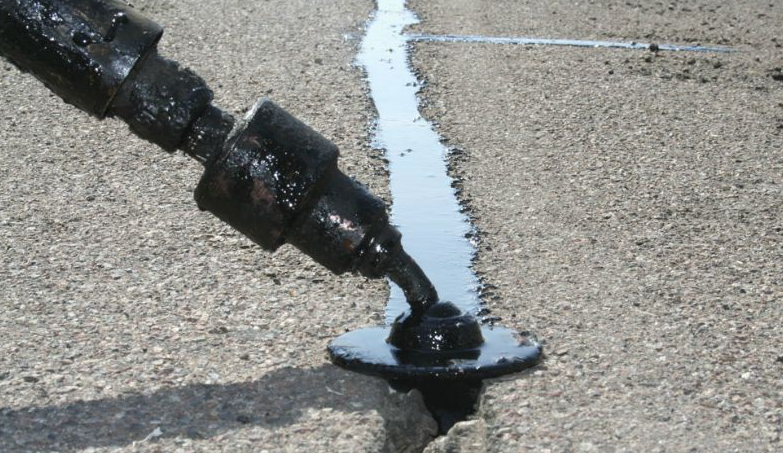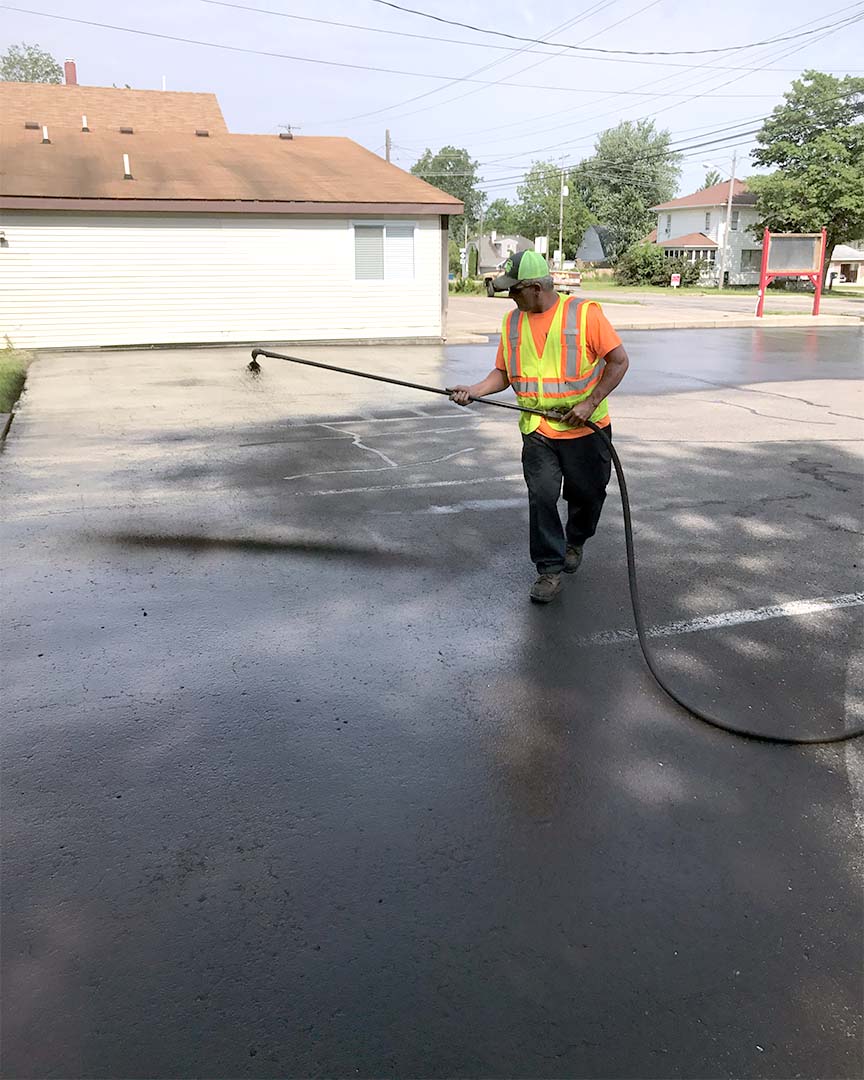Cold Mix Asphalt Vs. Hot Mix Asphalt: Which Is Right for You?

Make-up Distinctions
Cold mix and hot mix asphalts vary considerably in their structure, with unique features that impact their efficiency and applications. Cold mix asphalt is generated by emulsifying the asphalt binder with water and an emulsifying agent prior to blending it with aggregate. This method allows for the asphalt to be convenient at lower temperature levels, making it ideal for short-term fixings and for use in cooler weather. Warm mix asphalt, on the various other hand, is made at heats, usually in between 300-350 ° F, which assists to achieve better compaction and a more long lasting end product. The hot mix asphalt manufacturing process involves warming the aggregate and asphalt binder individually prior to combining them at the asphalt plant.
Additionally, cool mix asphalt has a tendency to be much less dense and much more flexible than warm mix asphalt. This flexibility makes it far better fit for areas with greater levels of movement, such as driveways or roads with rush hour. In contrast, hot mix asphalt is understood for its high sturdiness and resistance to rutting and splitting, making it a favored option for highways and high-traffic roads where durability is essential.
Installment Refine Variations
The procedure of setting up cool mix and hot mix asphalt displays significant variations in their procedures and needs. Cold mix asphalt, being a much more adaptable product, can be applied directly from the bag or container onto the fracture or damaged location. It requires minimal preparation work, such as cleansing the location and condensing the cool mix with hand devices. This makes it a hassle-free option for quick and momentary solutions. In contrast, warm mix asphalt necessitates an extra elaborate installation procedure. It entails heating the combination to high temperature levels before laying it down on an appropriately prepared base. The preparation consists of condensing the base, applying a tack layer, and making use of heavy machinery like pavers and compactors for a smooth and durable coating. Because of the heating needs, warm mix asphalt installments are commonly performed by specialists with specialized devices, making certain an extra irreversible and structurally audio outcome.
Resilience and Durability Aspects
When considering asphalt alternatives, longevity and go to the website durability are essential variables to evaluate for long-term pavement performance,. Hot mix asphalt (HMA) is recognized for its remarkable longevity and long life. The heats during the mixing and laying process enable for far better compaction, causing a denser and stronger pavement structure. This brings about HMA being a lot more immune to rush hour lots, severe climate condition, and the effects old contrasted to cold mix asphalt (CMA)
In terms of durability, HMA normally outperforms CMA due to its exceptional strength and resistance residential or commercial properties. HMA sidewalks have a longer service life, needing less constant repairs and maintenance, which can translate to set you back savings in the long run. Additionally, HMA sidewalks are a lot more easily personalized to fulfill certain job requirements, further improving their toughness.
Cost Factors To Consider
Taking into consideration the financial effects is an essential element when assessing the choice between warm mix asphalt (HMA) and cool mix asphalt (CMA) for pavement jobs. While the preliminary price of warm mix asphalt is usually greater than that of chilly mix asphalt, HMA commonly provides a much more cost-efficient remedy in the long run due find more information to its remarkable durability and longevity.
Along with material prices, it's necessary to think about the expenses related to installation and upkeep when comparing HMA and CMA. HMA typically needs customized devices and competent labor for correct setup, which can influence total job expenses. Alternatively, CMA is simpler to collaborate with and can often be used using less complex strategies, potentially reducing installation costs. Eventually, the choice in between HMA and CMA ought to consider not just the preliminary price yet see this here also the long-lasting monetary effects to identify the most affordable alternative for the particular sidewalk job.
Environmental Effect Contrast
Comparison of the environmental effects between warm mix asphalt (HMA) and cold mix asphalt (CMA) exposes distinct differences in sustainability methods. HMA production needs high temperature levels, leading to increased energy intake and greenhouse gas emissions.
Additionally, the usage of CMA frequently includes recycling existing asphalt sidewalk, advertising source conservation and reducing the amount of waste sent to garbage dumps. By choosing for CMA over HMA, road construction projects can add positively to environmental preservation initiatives.
Final Thought
Finally, the option between chilly mix asphalt (CMA) and hot mix asphalt (HMA) depends upon numerous elements such as make-up, installment process, resilience, long life, price, and ecological effect. asphalt repair. While CMA uses a cost-effective and quick remedy for minor repairs, HMA ensures exceptional resilience and long life for rush hour areas. Take into consideration these elements very carefully to establish which kind of asphalt is the ideal choice for your paving requires

Taking into consideration the financial ramifications is a vital facet when evaluating the selection between warm mix asphalt (HMA) and cool mix asphalt (CMA) for pavement tasks. While the initial cost of hot mix asphalt is normally higher than that of cool mix asphalt, HMA typically gives a more economical option in the lengthy run due to its premium durability and durability. cold mix asphalt.Comparison of the ecological effects in between warm mix asphalt (HMA) and cold mix asphalt (CMA) discloses distinct distinctions in sustainability practices.In verdict, the option between chilly mix asphalt (CMA) and warm mix asphalt (HMA) depends on different factors such as structure, installation process, resilience, durability, expense, and environmental impact